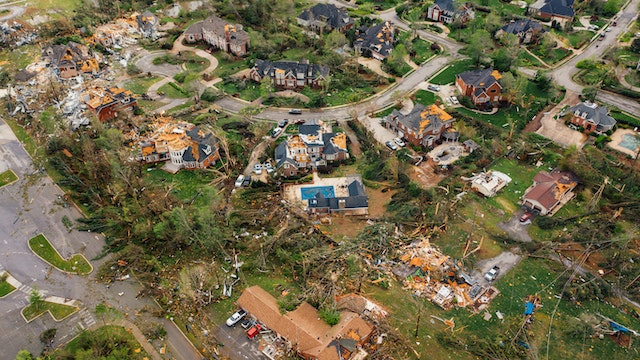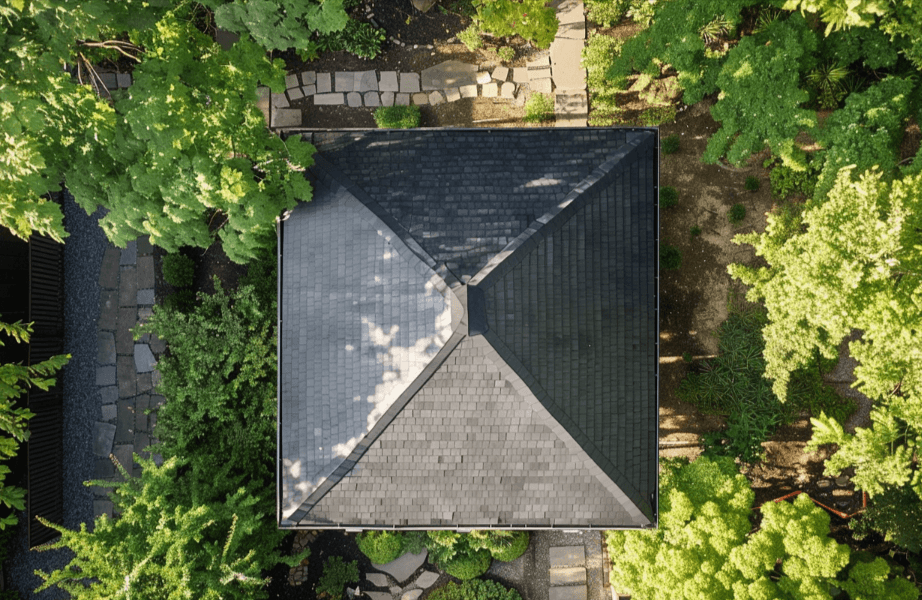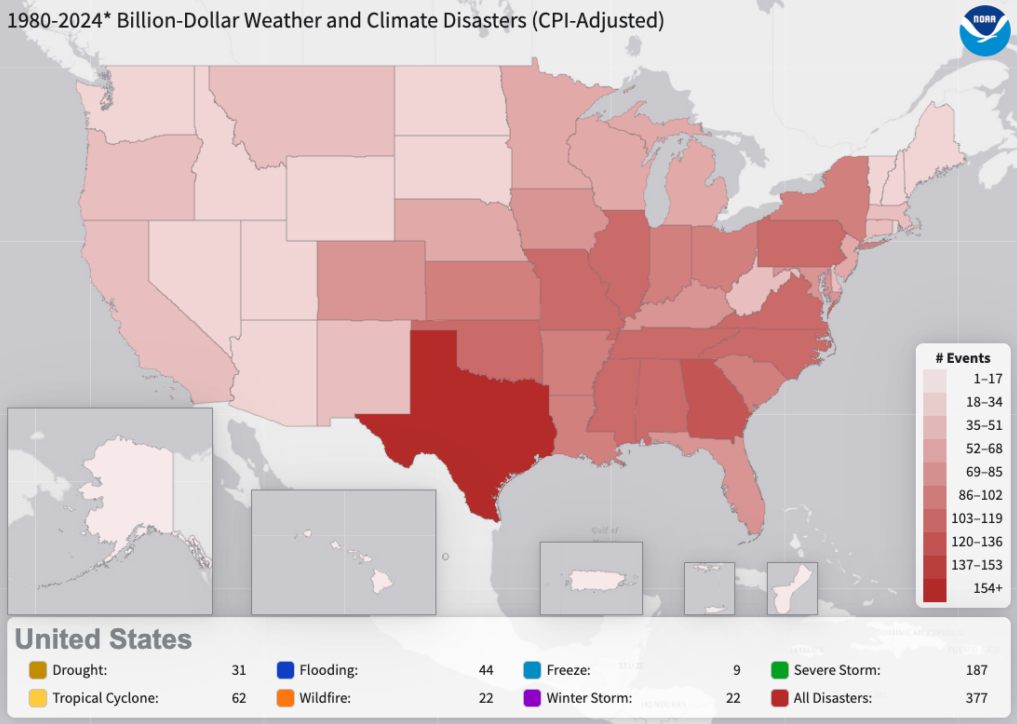
Your roof is supposed to protect you from the elements, including the sun, rain and wind. But if it blows off during a hurricane, it loses its defensive abilities and creates a lot of damage inside the home. Driving winds and torrential rain can quickly get into the house through even a minor hole in the roof.
The best way to fortify your home is to install a wind-resistant roof. But which roofing design is the most hurricane-resistant? It’s not just about materials—the shape and features of the roof also influence its ability to withstand a hurricane.
The Shape and Slope of the Roof
With only two slopes, a gable roof has the simplest design. The walls on two sides of the house rise to the peak of the roof, which slopes to meet the other two walls. This design is more affordable than more intricate roof shapes. But this style is not the best for hurricanes.
A home with multiple slopes on the roof can withstand hurricanes better than one with a gable roof. The different areas minimize the impact of high winds, and a single part of the roof won’t take the full brunt of the storm.
Experts have found that octagonal or hexagonal roofs perform the best in hurricane conditions. However, those aren’t always the most aesthetically pleasing or architecturally appropriate.
A good alternative is a hip roof. With this style, the roof slopes to meet the walls of the house on four sides. The multiple panels reduce wind impacts and protect your home in a hurricane. Hip roofs also have 30-degree slopes, which are ideal for protecting the house during windy weather.
Some other roof styles that are best suited for hurricanes include:
- Cross hip – Two hip roofs that are laid out in an L-shape
- Hip and valley – Multiple hip roofs are connected
- Pyramid hip – The slopes of a hip roof come together to form a point instead of a ridge (below)
- Mansard – A hipped roof with two different pitches on each side

The Surface of the Roof
Asphalt shingles are the most commonly used roofing material. These are made of separate sheets that are applied in an overlapping pattern. But each shingle is susceptible to being lifted by the wind.
The elements can cause asphalt shingles to buckle and cup over time. These irregularities are even more likely to capture wind, increasing the chances that the shingles will fly off during a rainstorm.
Clay tiles are heavier, but they carry their own risks. If they’re pulled off of the roof during a hurricane, they turn into heavy projectiles that travel at high speeds. In turn, they can create further damage to your home or a neighbor’s house.
Metal is considered to be the ideal roofing material for hurricane-prone areas. The large panels won’t lift off to cause leaks. If the metal becomes dented from hail or flying debris, it will still protect the house.
Underlayment Quality
The top layer of your roof is only part of the approach to protecting a building from wind and rain. The roof must be designed with adequate underlayment for full protection. This includes using ice and moisture barriers in appropriate areas, such as along V and W valleys. You should also make sure that you’re using the right underlayment material for your climate and roof type.
Managing Wind Pressure
Air pressure inside and outside the home can wreak havoc on a roof during a hurricane. The most common problem is uplift. As high winds blow over the roof, they create an area of low pressure. However, the wind can also enter the area beneath the roof through vents and cracks, creating an area of high pressure. That positive pressure can force the roof off of your home.
Some elements that affect the pressure disparity include:
- Nearby structures and landscaping, which can slow wind speeds around your home
- The number of openings in your home, which can introduce more wind and high pressure inside during a hurricane
- Building height; taller homes are exposed to higher wind velocities
- Steep pitches, which increase uplift pressure
Many roofing materials, such as Decra, have been tested for their ability to resist high-velocity winds and uplift pressures. It’s also important to remember that here in Texas, hurricanes aren’t the only culprit when it comes to wind. In fact, Texas leads the nation when it comes to billion-dollar weather disasters. Tornadoes are especially dangerous, and hail storms can create a huge amount of property damage.
There are also other steps that you can take to manage wind pressure, including the following:
- Installing a central shaft helps to balance the wind pressures above and below the roof.
- Reducing the length of the roof overhangs can also reduce uplift pressure.
- Overhangs should extend less than 20 inches from the wall.
- Installing a grid near the gutters around the perimeter of the building reduces wind stress at the roof’s lower edges.
Adequate Gutters
Wind isn’t the only hazardous variable that occurs during a hurricane. You have to think about how your roof will handle high levels of rain.
Gutters are the best way to manage runoff and prevent leaks inside your home. Make sure that your gutters are designed for the shape, style and slope of your roof. They should be able to handle the increased volume of water during a storm.
Maintaining your gutters is especially important during hurricane season. If your gutters become clogged, they can hold water instead of draining it. This can result in sagging or broken gutters. It can also lead to standing water on the roof or a high water flow in a vulnerable area.
Although inadequate gutters may not cause immediate consequences during a hurricane, they can reduce the stability and protection of your roof over time. Ineffective gutters can make water pool around the foundation. The damage that this causes can compromise the foundation, which creates structural problems that increase the risk of damage during a hurricane.
Structural Maintenance
Dealing with other structural issues in your home before hurricane season is a good way to safeguard it in a hurricane. Rot and other types of damage weaken the materials that hold your home together.
You might be tempted to wait until after hurricane season to repair issues with your roof, doors, windows, foundation or siding. However, vulnerable areas may not hold up in a storm. Perform regular inspections and maintenance to keep your home in the best condition possible to withstand the next big storm.
Proper Installation
Even a metal roof won’t provide the best protection if it’s not engineered and installed properly. Some metal roofs snap together, a strategy that doesn’t provide the best protection for high winds.
No matter what type of roof you choose, make sure that it’s right for your home and climate. The layers of roofing materials must be fastened securely to the underlayment. The entire roof must be secured to the walls.
There are several types of connectors, brackets, straps and fasteners that resist high-magnitude forces. Your roofer may need to incorporate these in high-risk areas.
Working with a roofing professional like Presidio Roofing, which is experienced with hurricane-prone areas, will give you the best results. Choose a roofer that performs high-quality work. Cutting corners can leave you dealing with a stressful mess during the next hurricane or heavy storm. Furthermore, paying attention to detail during the installation can result in better hurricane coverage from your insurance company.

